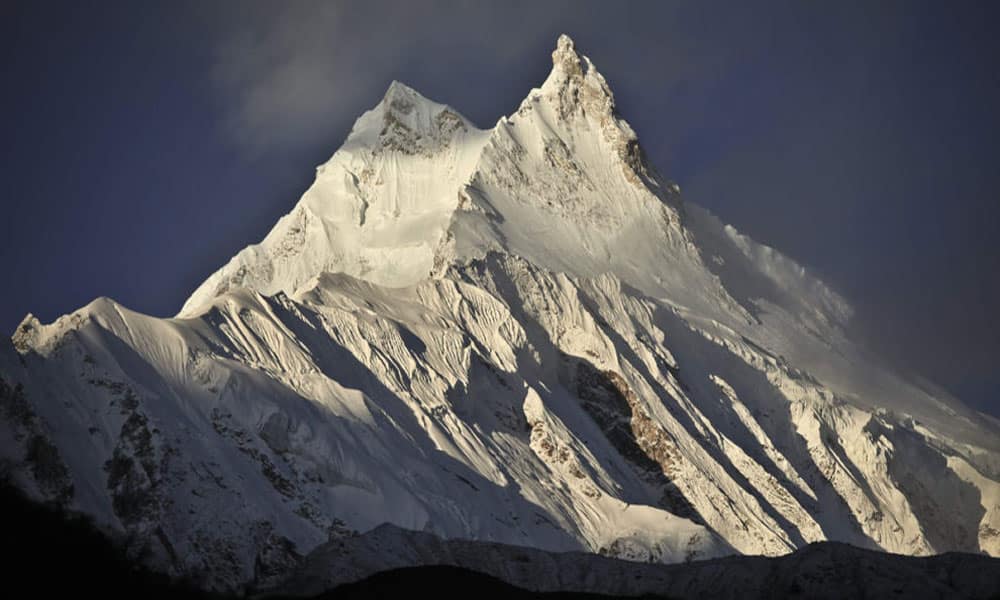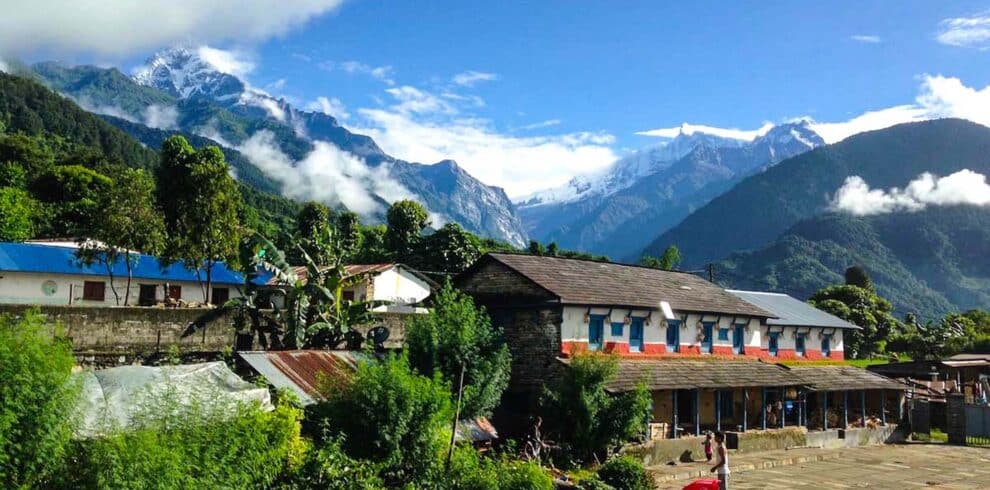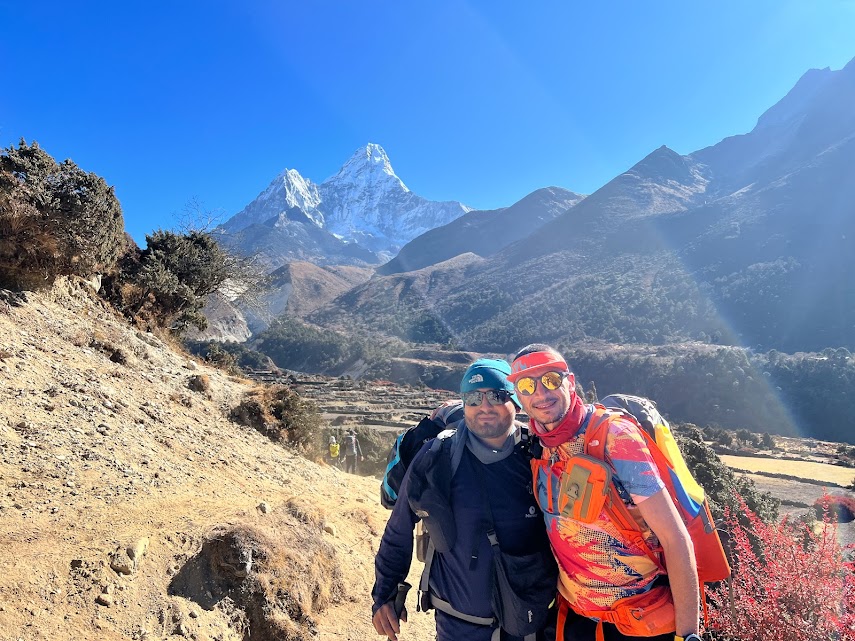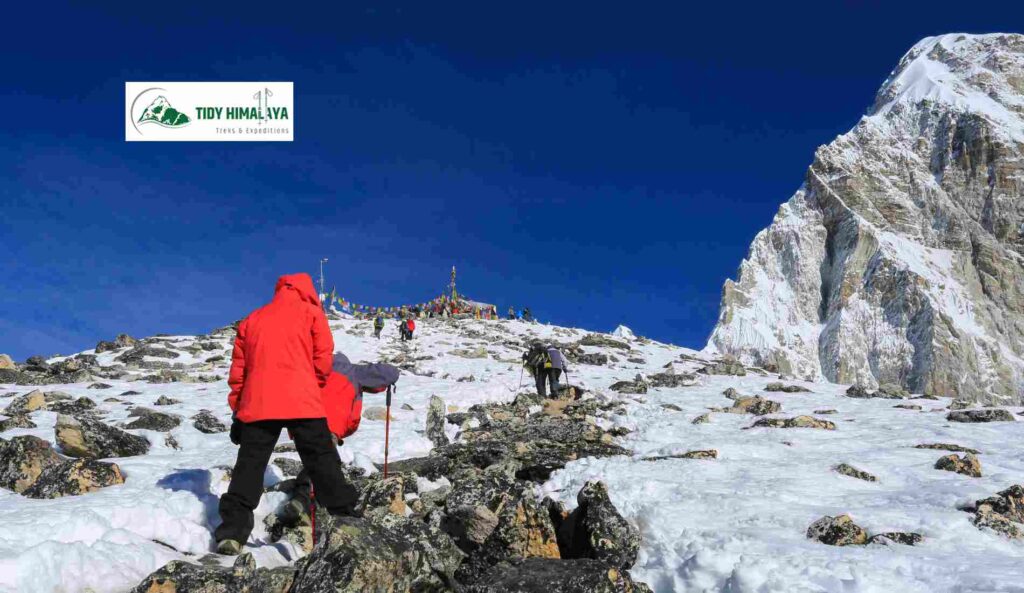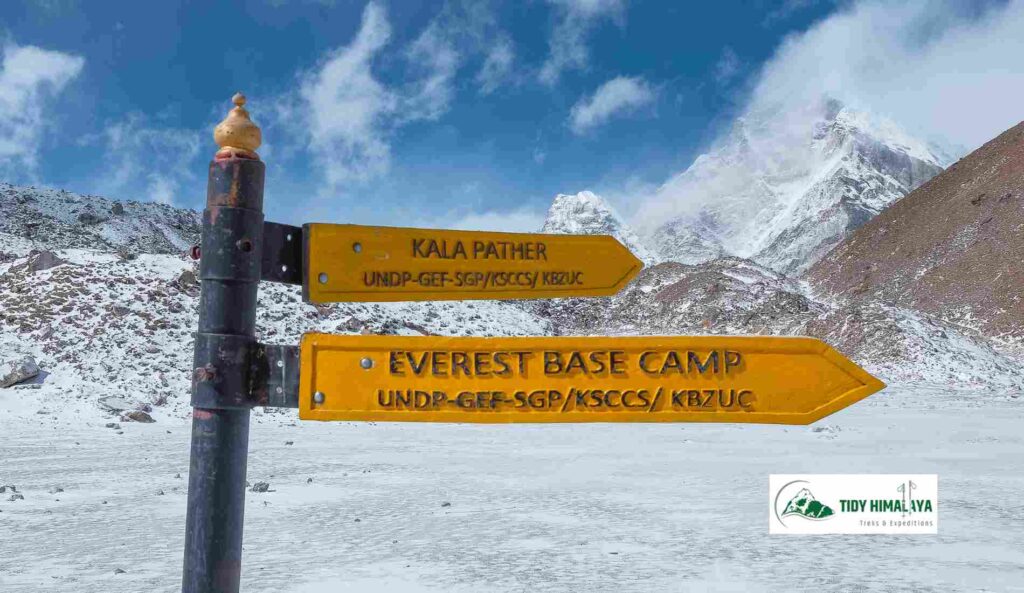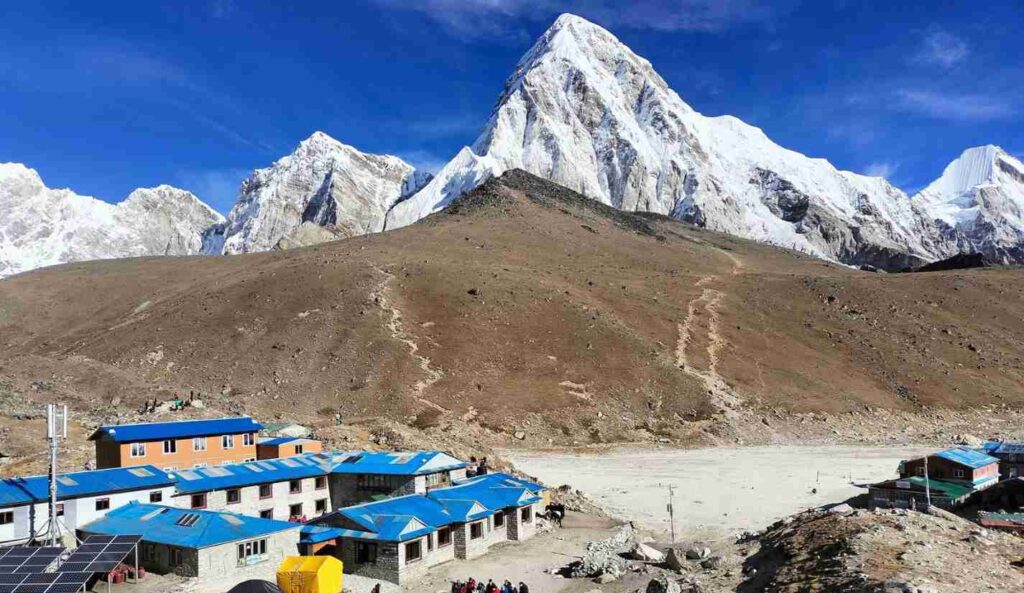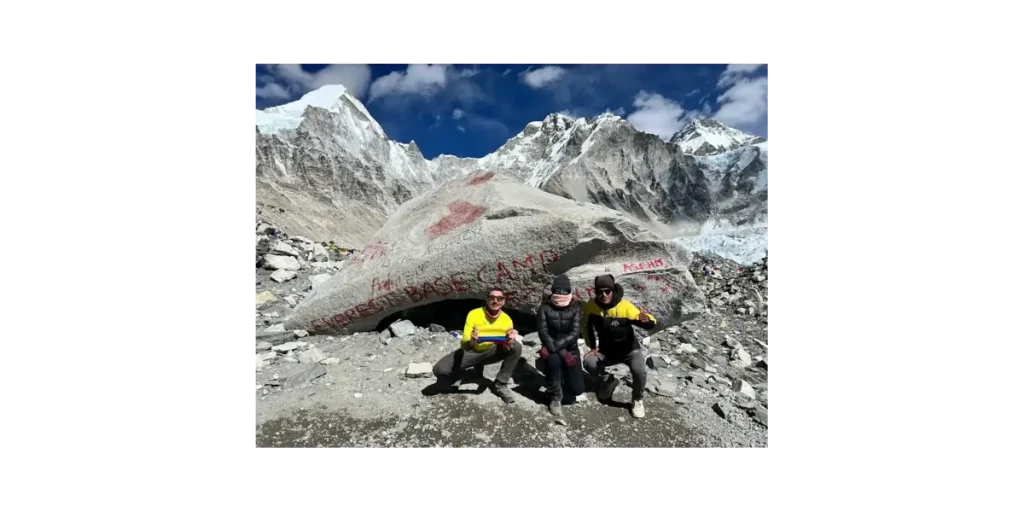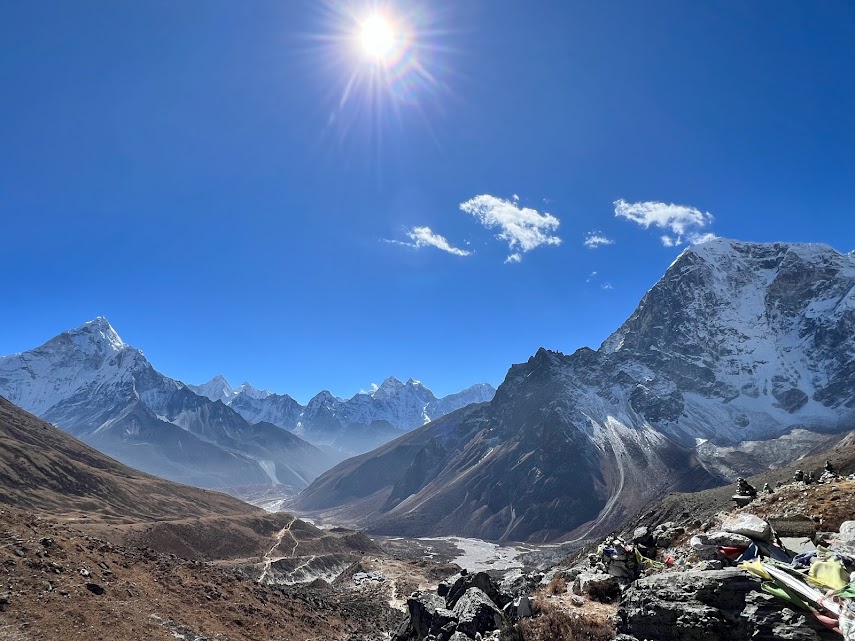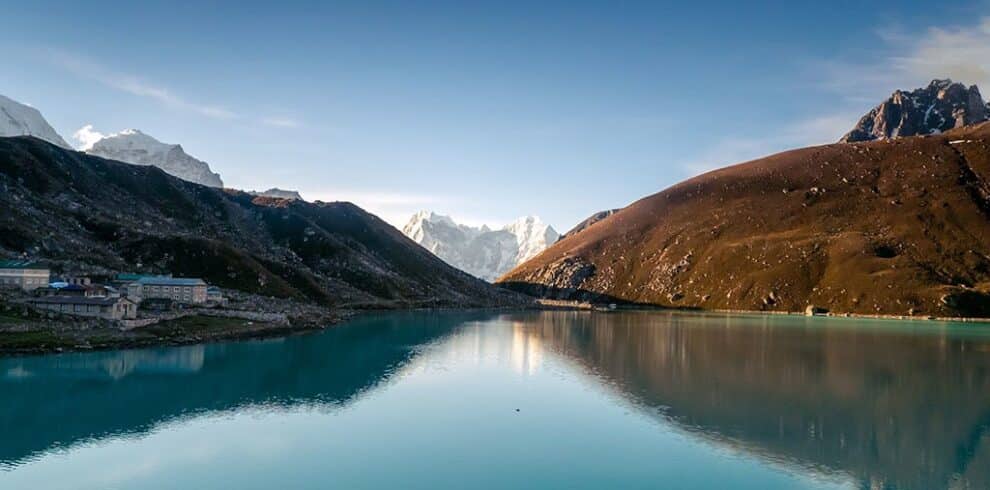Nar Phu Valley Trek Overview
Nar Phu Valley Trek is a pristine valley that branches off from the Annapurna circuit, leading to remote villages with a timeless lifestyle. The Nar Phu Valley Trek requires crossing the Kangla Pass (5322m) and Mesokanto Pass (5330m). This trek is a combination of visiting remote villages, witnessing magnificent snowcapped mountains, yaks, narrow gorges, canyons, beautiful forests, and glaciers. The Phu village is situated at an altitude of 4050 meters, and Nar village at 4120 meters above sea level.
During the Nar Phu Valley Trek, the mountain journey begins in Besisahar (820m) and ends in Jomsom (2710m). This trek offers direct contact with quaint communities, limited access pathways, and the ethnic culture of Tibetan Buddhists, including their ceremonies and traditions. Along the Nar Phu Remote Village Trek, you will also have the opportunity to view magnificent Himalayan panoramas, a wide variety of flora and fauna, changing landscapes, and much more. The trek offers stunning views of Lamjung Himal, Manaslu Himal, Machhapuchhre Himal, Tilicho Peak, and the Dhaulagiri Range.
We begin our 14-day tour in Kathmandu with visits to UNESCO World Heritage sites before heading to the untouched and isolated Nar and Phu valleys, surrounded by beautiful Himalayan peaks in the Annapurna region: the Nar Phu Valley Trek.
Aarohi Holiday Pvt Ltd ensures that this trek will be a safe and highly recommended life experience.
Nar Phu Valley Trek Highlights
- Discover the pristine Nar and Phu villages, located at altitudes of 4,050m and 4,120m, respectively, offering a glimpse into traditional Tibetan Buddhist culture.
- Trek across the demanding Kangla Pass (5,322m) and Mesokanto Pass (5,330m).
- Enjoy breathtaking views of snow-capped mountains such as Lamjung Himal, Manaslu, Machhapuchhre, Tilicho Peak, and the Dhaulagiri Range.
- Experience varied landscapes including narrow gorges, canyons, glaciers, and beautiful forests.
- Engage with the ethnic Tibetan Buddhist communities and witness their ceremonies and traditions.
- Begin with a 14-day tour starting in Kathmandu, exploring UNESCO World Heritage sites before trekking through the untouched Nar and Phu valleys.
Nar Phu Valley Trek Itinerary
Upon your arrival at Tribhuvan International Airport, we offer you a pick-up facility from the airport and manage your stay at the most comfortable hotel in the city. You get to meet the team of trekkers and together we prepare for the trek.
Today would be the most exhilarating day where you will be introduced to the most pious Hindu and Buddhist religious places that are listed in the UNESCO World Heritage sites and elucidates you to the entire mysticism over its existence Pashupatinath temple, Boudhanath stupa, Patan Durbar Square, and Swayambhunath stupa.
In the early morning, we catch a bus to Besisahar, our destination for the day. The bus heads west from Kathmandu. We enjoy the bus ride while observing the green scenery around. The bus continues towards Dumre and from there, heads towards Besisahar. Overnight stay in Besisahar.
From Besisahar to Dharapani is approximately 35 km. Dharapani village is the end of the Manaslu trekking and Annapurna region trekking routes. The drive from Besisahar to Dharapani takes around 3 to 4 hours. Overnight stay in Dharapani.
Today, we pass a village school and see the route coming down from Larkya Pass (Manaslu Trekking) and continue to climb gradually through a forest to the typical Tibetan-style village of Bagarchhap (2,160m). Remaining along the left bank of the river, we gradually climb to Danaque (2,210m). After Danaque, we cross a suspension bridge and climb up to Tamang village (2,600m), and then continue trekking to Koto (2,640m). Overnight stay in Koto.
The walk for today starts along the trail through Nar Phu Khola gorge with the river flowing on our left. We cross a few suspension bridges and small streams on our way. The trail also passes through forest areas. We then reach Dharamshala. From there, the trail takes an uphill turn, and we head towards Meta. After passing the strenuous uphill climb, we finally reach Meta village standing atop the Tibetan plateau. Overnight stay in Meta.
We will be passing through many uphill and downhill trails before reaching Junam Goth. From there, the downhill walk will take us across Chyako after crossing a stream on the way. Walking further ahead, the trail takes us down to Kyang. After a few hours of strenuous trekking, we finally reach the great wall and then the entrance to the Phu valley. We cross the bridge and pass through some Chortens. The village is clustered and offers a unique view. Overnight stay in Phu Gaon.
Today we will take a rest day at Phu Gaon for the purpose of acclimatization. It is essential to adjust our bodies to the rising altitude and changing environmental conditions to prevent any possible health issues or altitude sickness. We will explore the village and visit notable sites like the Tashi Lakhang monastery. We will walk down to the settlement area and observe the lifestyle of the people up close. Overnight stay in Phu Gaon.
Today is an easy day as we walk to Junam. The trail descends from Phu Gate to the river and retraces our steps to Junam Kharka (3,680m), which is a lovely spot for camping. However, we will continue walking to a monastery, which is the only place to stay overnight. Overnight stay at the monastery in Nar Phedi.
Today, the trail ascends, and the scenery is stunning. We finally reach Nar at the top of the hill, passing by a line of wonderfully painted, bamboo-topped Chortens and a large tiered Chorten before turning the corner and being rewarded with sublime views of Nar. We see the undulating patterns of the surrounding barley and mustard fields, four old colorful and traditional gompas, and the snow peaks looming overhead. Finally, we reach Nar village. Overnight stay in Nar.
We start our trek early, leaving Nar village. We pass through beautiful pastureland before reaching the base of Kang La Pass. From the base, the trail takes an uphill turn. After a few hours of climbing, we will reach Kang La Pass. The great view of the Annapurna range can be observed from there. We then walk downhill towards Ngawal. The trail is quite rough and challenging here. We pass by a beautiful waterfall before finally reaching Ngawal. Overnight stay in Ngawal.
Today after breakfast, we take a shared jeep from Ngawal to Besisahar. The drive takes around 6 to 7 hours. After spending so many uncomfortable hours on the dusty and bumpy road, we will finally arrive in Besisahar. Overnight stay in Besisahar.
We take an early bus from Besisahar to Kathmandu. The bus heads towards Dumre, and from there, the drive follows the Prithvi Highway. We enjoy the bus ride, observing the natural beauty, landscapes, and settlement areas. We will then finally reach Kathmandu. There will be a farewell dinner (Nepali Food) to celebrate the successful completion of our journey. Overnight stay in Kathmandu.
Your wonderful adventure in Nepal comes to an end today. We wish you all the best. A representative from Aarohi Holiday Pvt Ltd will take you to the airport approximately 3 hours before your scheduled flight.
Nar Phu Valley Trek Includes/Excludes
Cost Includes
- Pick up and drop off from and to International airport.
- 3 nights hotel in Kathmandu (first two nights and last one night).
- Annapurna Conservation Park permit.
- TIMS Card (Trekker’s Information Management System).
- Special permit for Nar and Phu valley.
- All land transportation by public vehicle.
- One porter for each two people.
- Accommodation in tea houses twin sharing (private room/ Shared bathroom).
- 3 Meals a day – breakfast, lunch, Dinner during the trek (Anything from the menu).
- Sightseeing tour car A/C with driver.
- Farewell dinner at Nepalese cultural restaurant after the trek in Kathmandu.
- All taxes and Company service charges.
Cost Excludes
- Nepal Visa fee (bring accurate USD cash and two passport size photographs).
- International airfare to and from Kathmandu.
- Lunch and Dinner in Kathmandu.
- Monument sites entrance fees while sightseeing in Kathmandu.
- Excess baggage charges.
- Extra night accommodation in Kathmandu because of early arrival, late departure, and earlier return from the mountain (due to any reason) than the scheduled itinerary.
- Travel and rescue insurance.
- Personal expenses (phone calls, internet / Wi-Fi, laundry, bar bills - tea/coffee, hot chocolate, juice, beer, battery recharge, extra porters, bottled or boiled water, shower etc.).
- Tips for guides and porters (Tipping is expected, but not compulsory).
FAQs
The Nar Phu Valley Trek can be quite challenging for beginner trekkers. It is an offbeat route in one of the remotest parts of the Annapurna region and includes crossing a high mountain pass, which can be demanding for those without trekking experience. For beginners, we recommend starting with treks like Langtang Valley, Annapurna Base Camp, or Mardi Himal. These treks are equally adventurous, rewarding, and better suited to those new to trekking, offering a more manageable difficulty level.
The cost for the Nar Phu Valley Trek starts at USD 1,100 per person and can go up to USD 2,200 per person, depending on the services included. Trekking in a group with Aarohi Holiday allows you to enjoy special discounts, and we also offer periodic promotions. Additionally, the Nar Phu Valley trek package can be customized according to your specific requirements and budget. Aarohi Holiday ensures the best value for money, providing top-notch service at competitive prices.
The Nar Phu Valley Trek itinerary is 14 days long. The trek can be extended or shortened according to your preferences. On average, you will trek for about 6 hours each day. The trek begins in Dharapani at 1,860 meters (6,200 ft) and takes you up to Kang La Pass at 5,322 meters (17,460 ft), before returning to Kathmandu. This itinerary allows for a steady ascent with ample time for acclimatization and exploration of the beautiful Nar Phu Valley.
No, a TIMS (Trekkers’ Information Management System) card is not required for the Nar Phu Valley trek because it is a restricted area. Instead, you will need to obtain special permits from the government of Nepal to trek in this region, along with an Annapurna Conservation Area Project (ACAP) permit. These permits are necessary to ensure that trekkers comply with the regulations for visiting the restricted Nar Phu Valley.
Yes, a guide is required for the Nar Phu Valley trek. Since it is a restricted area, foreign trekkers are not allowed to trek solo. You must trek with at least one other person, and the trek must be organized by a registered local trekking company. Additionally, you are required to have a licensed Nepali guide to ensure that all the necessary permits and regulations are properly handled during the trek.
Yes, the Nar Phu Valley trek is safe. With our experienced and certified guides, who are trained in essential outdoor skills such as survival, rock climbing, and first aid, your safety is our priority. You will be accompanied by a team of experts who are familiar with the region and the trail, ensuring a safe and worry-free trekking experience.
The Nar Phu Valley trek is considered strenuous and is recommended only for trekkers with prior trekking experience and good physical fitness. The route is rugged and challenging, featuring steep ascents and descents, making it physically demanding. Mental and physical resilience are key to completing this trek, as the trail can be tough and requires stamina and determination to navigate its difficult terrain.
The best seasons for the Nar Phu Valley short trek are spring (March to May) and autumn (September to November). These periods offer stable weather and a pleasant climate, making the trek more enjoyable and manageable. Trekking during other seasons, such as summer/monsoon (June to August) or winter (December to February), can be more challenging due to unpredictable weather and potential trail blockages.
Yes, a sleeping bag is essential for the Nar Phu Valley trek. It offers extra comfort and warmth, especially in the upper parts of the trail, where the mornings and nights can become quite chilly.

